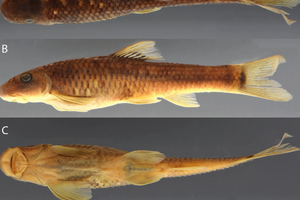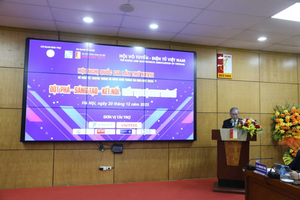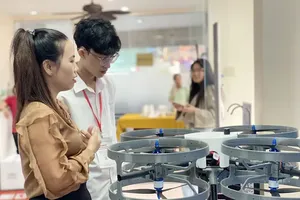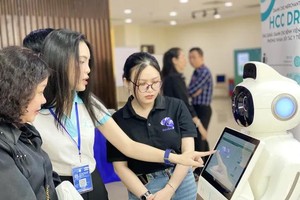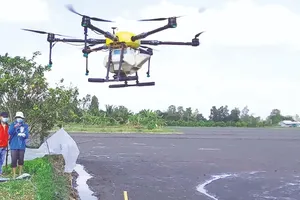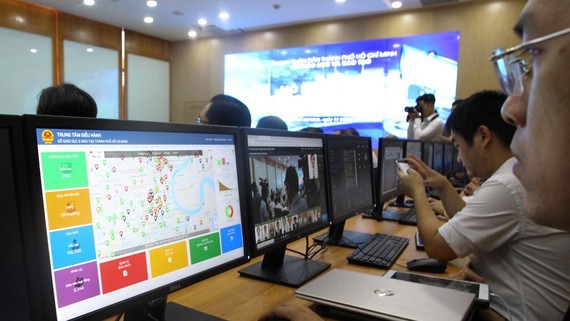
Statistics reveal that 70 percent of undersea Internet cables encounter trouble due to human beings’ activities, including large-scaled fishing. This explains the reason why incidents only happen in certain waters.
The cables used by Vietnam, in particular, are quite sensitive since the sea level here is rather shallow, such as the water in Ba Ria-Vung Tau Province, where the AAG cable enters the mainland. Yet human activities are bustling there, leading to a high risk of cable broken status.
Internet connection in Vietnam mostly relies on undersea cables. Major domestic telecoms businesses such as FPT, Viettel, VNPT are now using international undersea cables of AAG (Asia - America Gateway), SMW3 (là SEA - ME - WE3), IA (Intra Asia), APG (Asia Pacific Gateway), and AAE-1 (Asia - Africa - Euro 1).
On the Vietnam Internet Day 2021, Viettel Networks reported that in the last 5 years, submarine Internet cables in the country have been continuously broken, 10 times per year on average. Each incident requires around a month to repair, resulting in a capacity reduction to only three-fourths, not to mention that Vietnam has only 7 international cables to exploit. This severely affects international communications infrastructure to serve people in the country.
FPT Telecom informed that all telecoms enterprises must have back-up plans for these incidents. To increase the global connection, in the upcoming time, FPT Telecom will invest in new undersea fiber-optic cables.
Viettel Telecom also affirmed that it has activated its back-up plan. Normally, its service provision capacity is no more than 65 percent to save the other 35 percent for emergency cases or unexpected traffic increase. In addition, the company has connections to two ground fiber-optic cables of Vietnam – China and Vietnam – Laos – Cambodia.
Besides exploiting underwater Internet cables, VNPT also uses CSC – the ground fiber-optic cable from Lang Son Province to China, which is quite stable.
Deputy Director of Vietnam Telecoms Authority (under the Ministry of Information and Communications) admitted that due to recent broken cable incidents, international Internet connections to and from Vietnam have been unsatisfied.
He suggested that to ensure the best experience for domestic Internet users, the most feasible solution is to set a larger backup capacity than normal demands. Other useful measures are to promote the use of data saved domestically, to establish a data center inside the country to minimize negative impacts of broken cables.
With an increase demands of international Internet connections in Vietnam by 30 percent a year on average, it is obvious that the telecoms infrastructure of the nation cannot fully satisfy all needs, as the connection mostly depends on the seven undersea Internet cables.
Therefore, when any trouble happens, Internet users are those enduring the severest effects. Sadly, the compensation content in an Internet service provision contract prepared by telecoms companies is rather simple, and thus customers have nowhere to ask for justice for themselves.





